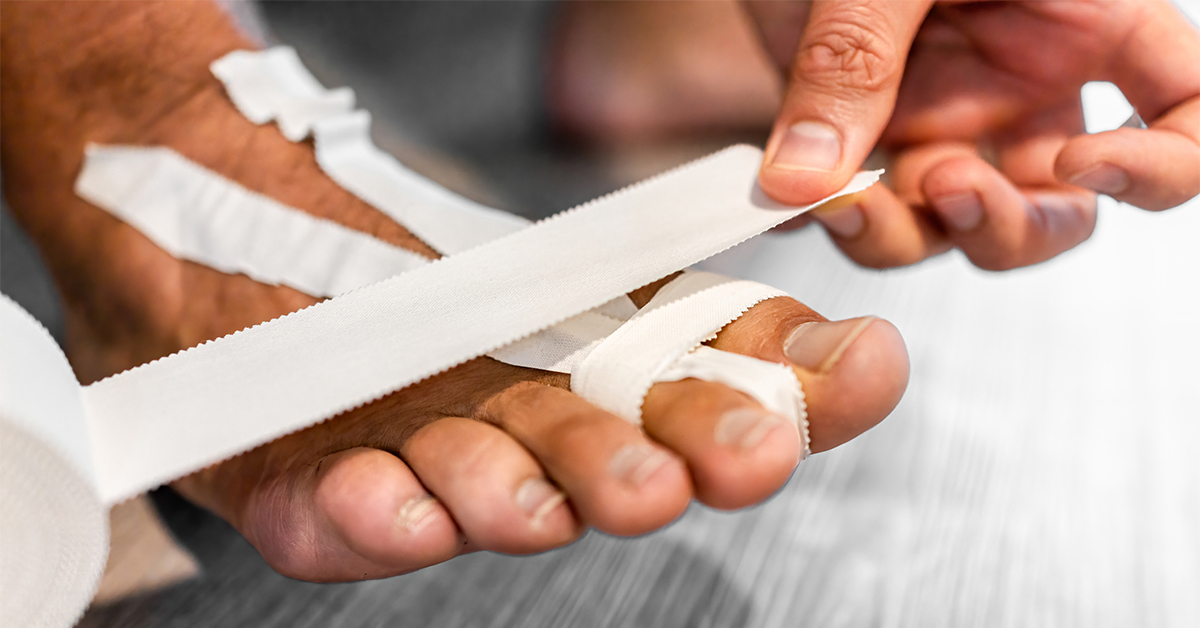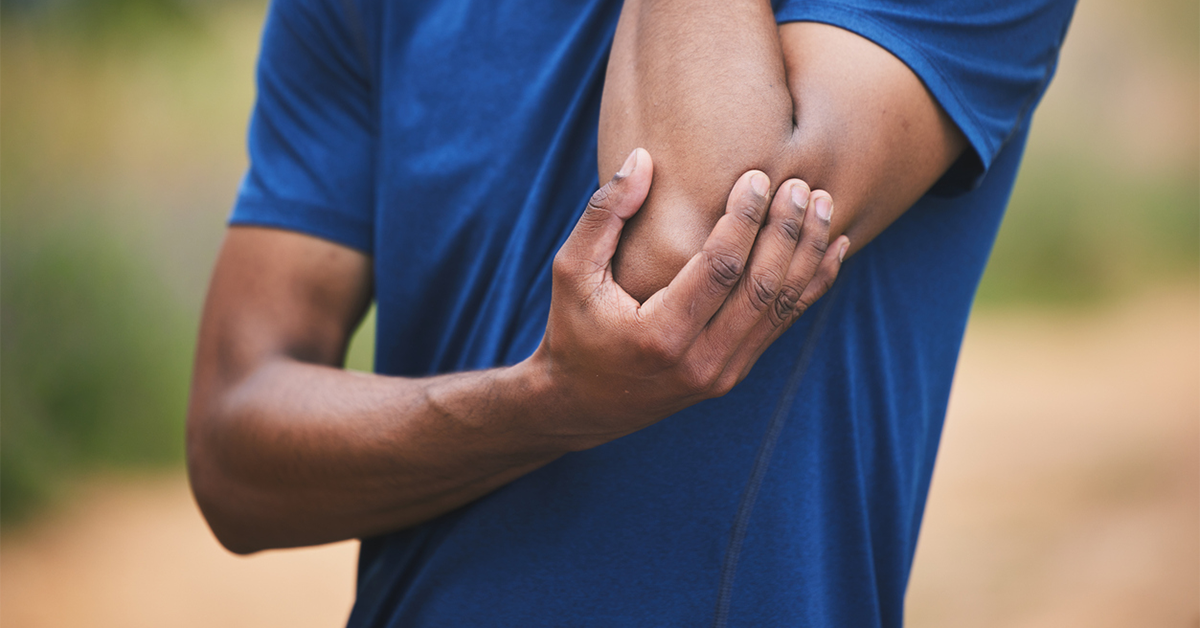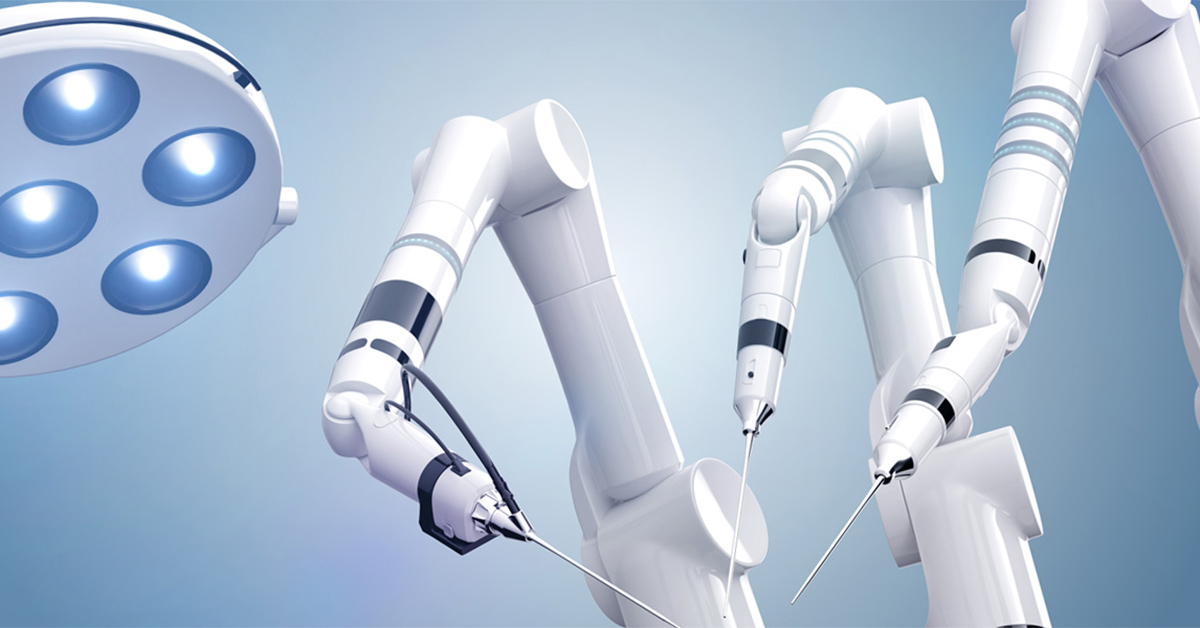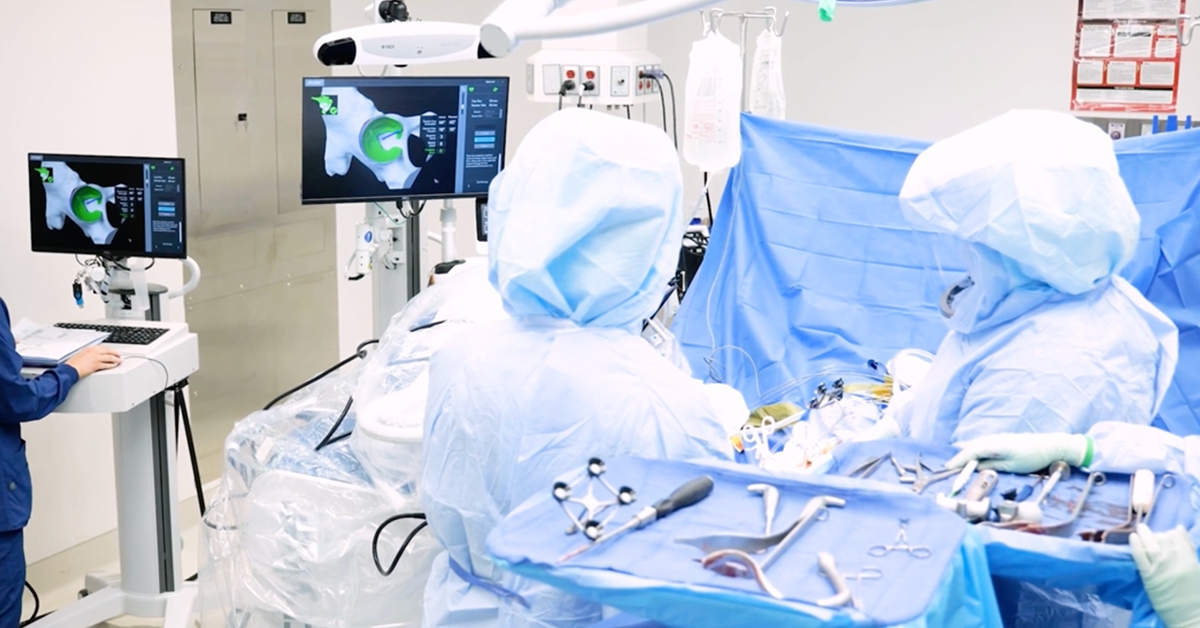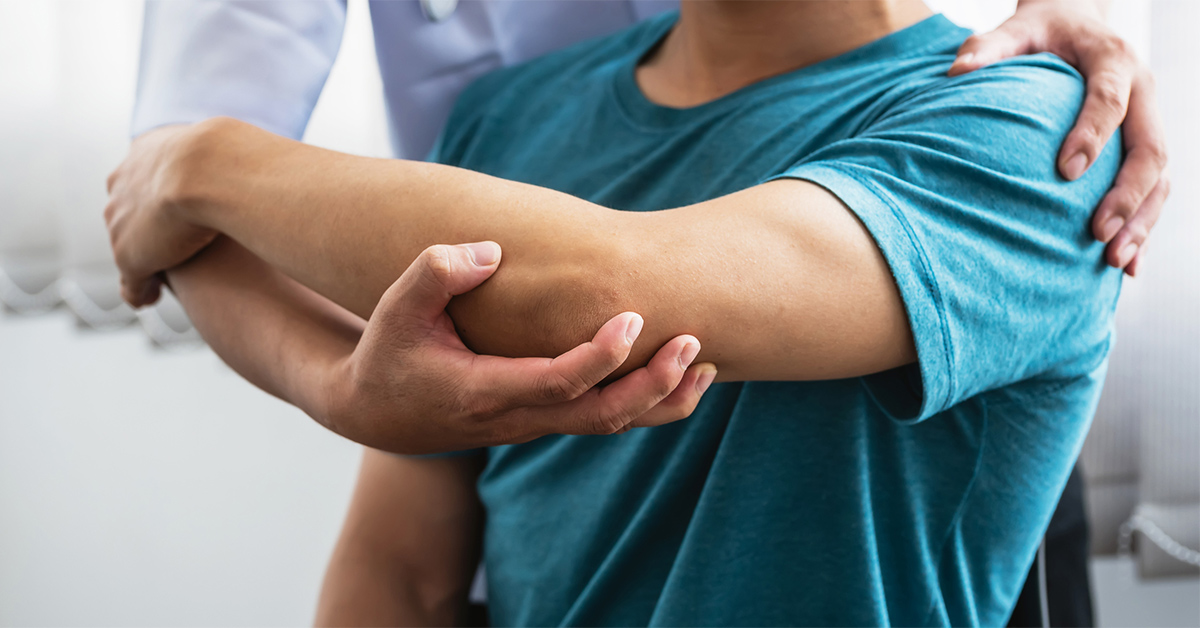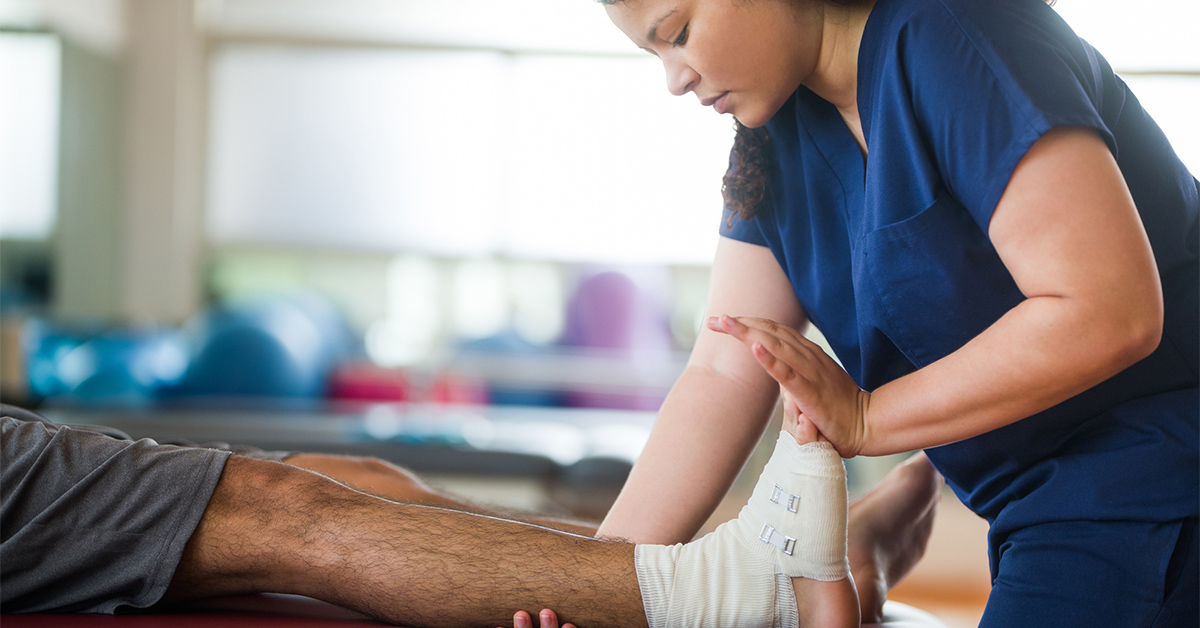Welcome to this turf toe tutorial, where we’ll look at the basics of this pesky foot injury. Despite its playful name, turf toe is no laughing matter. This sprain of the big toe joint is common for athletes, weekend warriors, and even enthusiastic dancers and can sideline anyone. Caused by excessive bending of the big toe, often on artificial turf (hence the name), turf toe can range from mild annoyance to excruciating pain. Here, we’ll explore symptoms, treatment strategies, and prevention tactics to ensure your toes stay in tip-top shape.
What is turf toe?
Turf toe is a sprain at the base of the big toe, specifically at the metatarsophalangeal (MTP) joint, the hinge that connects your toe to the rest of your foot. This injury occurs when the toe is excessively bent upwards or hyperextended, causing stress to the ligaments under the toe. The name ‘turf toe’ originated from athletes who played on artificial turf, where this injury became particularly prevalent. Turf toe is nothing new for the NFL, as ESPN highlights in this article: The agony of the feet: Why turf toe is such a dreaded injury in the NFL.
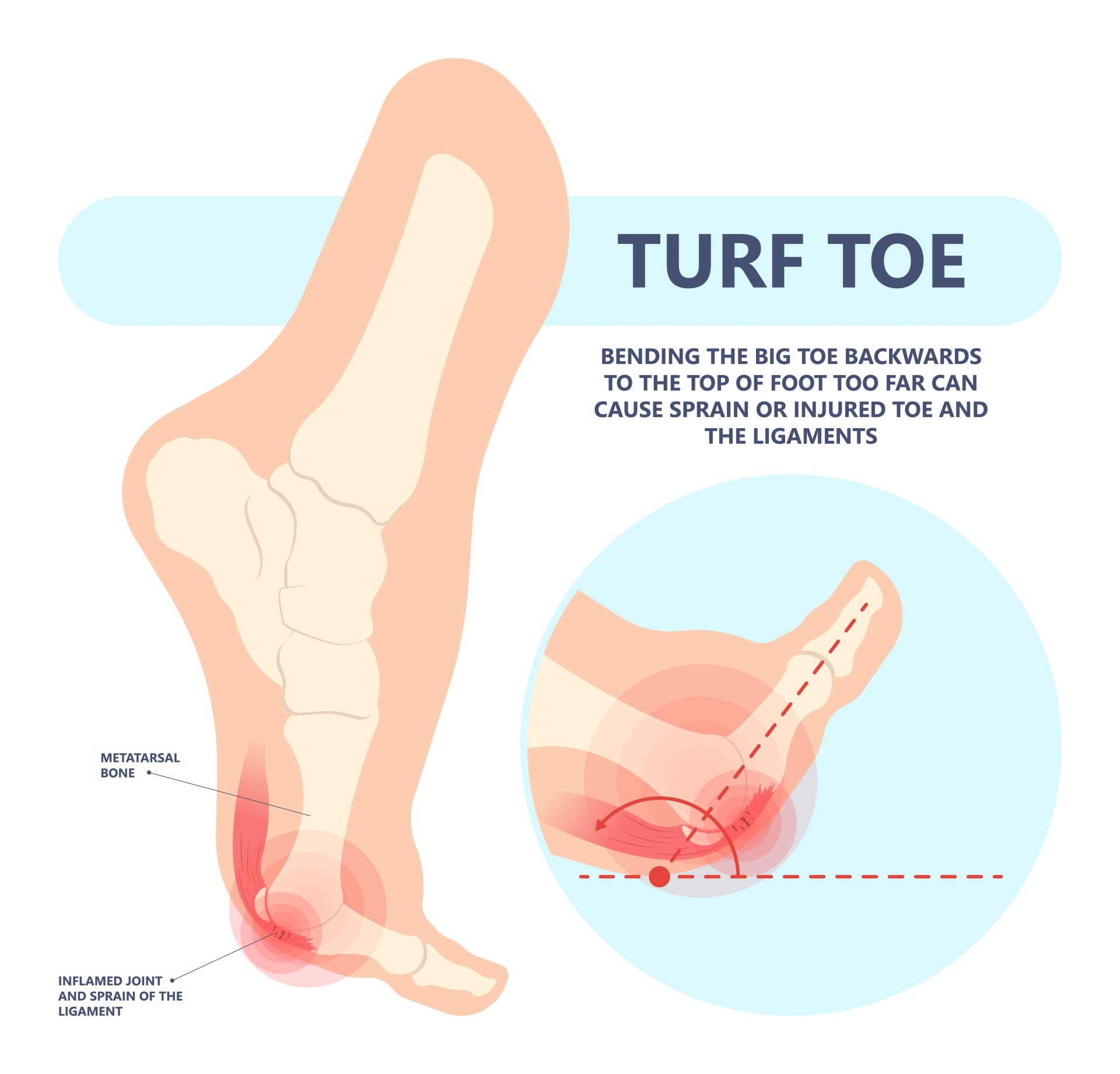
Symptoms of turf toe
The hallmark signs of turf toe can interfere with anyone’s active lifestyle or daily routine. If you experience any of the following symptoms, it may be time to consult your sports medicine physician:
- Pain radiating from the MTP joint, where the big toe meets the foot
- Tenderness when touching the area
- Swelling or bruising
- Limited joint movement at the base of the toe
- A feeling of instability when you walk or stand
Diagnosing turf toe
Diagnosis often includes a physical examination and imaging tests such as X-rays or MRIs. Turf toe injuries are categorized into three grades, depending on their severity:
- Grade I – A mild sprain with slight pain and no joint instability.
- Grade II – A moderate sprain with more noticeable pain, swelling, and possibly some loss of movement in the joint.
- Grade III – A severe sprain characterized by significant pain, swelling, considerable loss of movement, and joint instability.
Treating strategies for turf toe
Treatments strategies for turf toe are based on the grade of injury. Most turf toe injuries can be managed without surgery, particularly grades I and II. Treatment options include:
- R.I.C.E – Rest. Ice. Compression. Elevation.
- Rest the injured area (actively resting the injured area with light/pain-free movement can be helpful)
- Ice the injury to reduce mild-to-moderate swelling
- Compression bandages for support
- Elevation to reduce fluid buildup
- NSAIDs for pain relief
- Physical therapy to restore strength and flexibility
- Stiffer footwear or orthotic inserts to limit joint movement during healing
For severe grade III sprains or when conservative treatments aren’t effective, surgery may be necessary to repair torn soft tissues or realign the joint.
Recovery time
Recovery from a turf toe injury can vary widely based on the injury’s grade. For mild cases, a few days of rest may suffice, while severe injuries could require several weeks or even months, especially if surgery is needed.
” Prevention is key when it comes to turf toe. The right footwear with good arch support and exercises to strengthen the muscles around the big toe joint can significantly decrease your risk of injury. If you experience pain at the base of your big toe, let us examine you to ensure proper diagnosis and treatment. That helps ensure a speedy recovery and prevents long-term complications.. “
Rebecca Zelenko, MS, LAT, ATC
Welia Health Athletic Trainer
Preventing turf toe injuries
Our feet are under considerable stress every day. Taking preventive measures can go a long way in avoiding injuries like turf toe. Here are some proactive steps to consider:
- Proper footwear: The right shoes can make all the difference. Opt for athletic footwear that provides strong support to limit the overextension of your toe joint.
- Specialized inserts: Various inserts and braces can be utilized to aid in recovery. Custom orthotic devices recommended by your provider or physical therapist may offer additional safeguarding, reducing excessive bending during high-impact activities.
- Training techniques: Fine-tuning your gait and movement patterns can decrease the likelihood of turf toe. Welia Health sports medicine specialists or physical therapists can guide you through exercises that improve the mechanics of your movements.
- Muscle strengthening: Conditioning the muscles around your toe joint can also add stability and decrease the risk of injury. Physical therapists can prescribe exercises to help strengthen your foot muscles.
Whether you are an athlete or simply someone who wants to maintain an active lifestyle, understanding and preventing turf toe is essential. If you suspect you’ve encountered this injury, early consultation with your provider can prevent further damage and help you safely return to your regular activities. To schedule an appointment with Welia Health Sports Medicine physician, Thomas Mullin, MD, call Welia Health at 320.679.1313.
Remember, proactive care is the best approach to ensuring your toes stay in top shape for running, jumping, and even those everyday sprints to catch the bus. Stay safe and keep moving!


